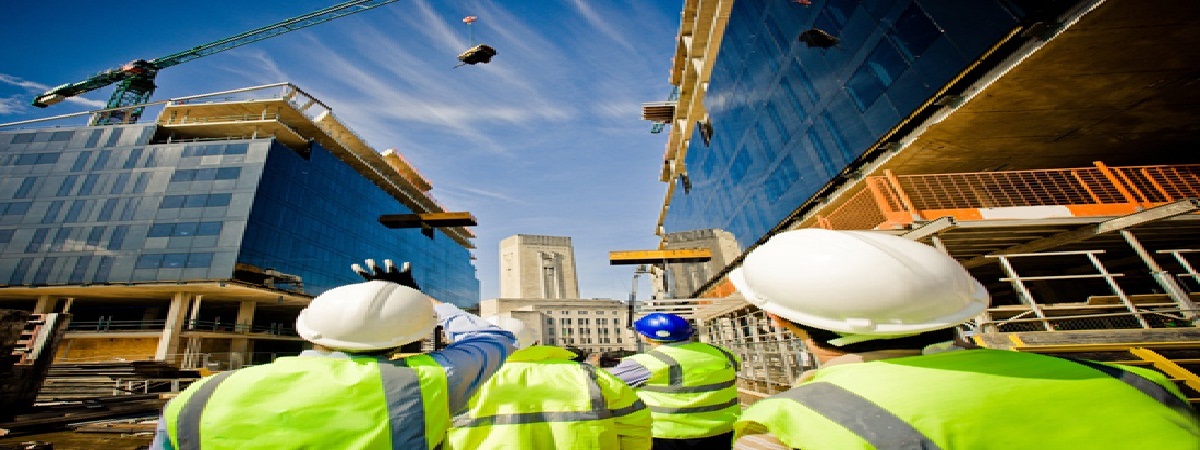Third Party Commissioning: An Important Quality Assurance Service

Why Third-Party Commissioning?
Many building owners believe that the quality control of their system should be left to those who design and install them. Mostly designers run out of time during the construction phase of the project and can’t dedicate resources to go through every fine detail of every system. Also, more often installers have their schedules compressed due to construction delays and make a valiant push to get the users through their first event. There is no one on the traditional construction team focused on making sure the system as a whole is complete and has zero defects. This is where a Third-Party Commissioning services can be of tremendous value. Third-Party Commissioning is applicable to most of the building systems such as HVAC, fire-safety, plumbing, lighting, sustainable systems, waste water, building security, etc..
Commissioning Goals
The primary goal of commissioning any project is to ensure that success for the project is clearly defined in the OPR (Owner Project Requirements) and that the building performs as intended to fulfill that mission. The definition accurately depicts commissioning as a holistic process that spans from pre-design planning to occupancy and operations at a minimum and should also include ongoing commissioning. Accordingly, the goals of commissioning are to:
▸ Deliver buildings and construction projects that meet the owner’s project requirements.
▸ Prevent or eliminate problems inexpensively through proactive quality techniques.
▸ Verify systems are installed and working correctly and benchmark that correct operation.
▸ Lower overall first costs and life-cycle costs for the owner.
▸ Provide documentation and records on the design, construction, and testing to facilitate operation and maintenance of the facility.
▸ Implement trend logs, automated and semi-automated commissioning tools to enable O&M staff ongoing commissioning.
▸ Maintain facility performance for the building’s entire life cycle.
Green Building and Commissioning
Third-Party Commissioning has become a hot trend in construction Industry with the introduction of LEED Green Building Rating System. This mandate has been put forth by the U.S. Green Building Council (USGBC) through Leadership in Energy Environmental Design (LEED) rating program. Project seeking for LEED Green Building Certification (USGBC), it is mandate to undergo “fundamental commissioning of the building energy systems”, and can obtain an additional point for the performance of “enhanced commissioning”. Also, the recent LEED rating (LEED V4) recommend project team to implement monitoring based commissioning that gives the building owner and operators, a continual stream of information that helps them identify operational issues as they occur, thereby saving time, money, and energy consumption over the lifetime of the building.
What are Third-Party Commissioning Benefits?
There are significant benefits to commissioning building projects. It increases a building’s value, improves system performance, and saves money. In fact, data from the U.S Building Owners and Managers Association indicate that commissioning buildings can result in energy savings of 20–50% and maintenance savings of 15-35%. And according to the Whole Building Design Guide, in the first 5 years of occupancy, building owners can save AED 15 for every AED invested in commissioning. The benefits resulting from commissioning process include:
Pre-Design and Design Benefits
▸ Develop a more clear understanding of what the owner wants by completing OPR questionnaire
▸ Reduce risk for Designers by documenting Basis of Design (BOD) and discuss with owner.
▸ Resolves potential issues more cost effectively before construction phase.
▸ Improvement in specifications and drawings through feedback
Construction Benefits
▸ Provides contractors with tools to perform installations that meet project requirements
▸ Performance accountability through construction observation, issue management, and testing
▸ Documents verification of system and assembly performance
▸ Verifies training completion
Occupancy and Operations Benefits
▸ Enhances Indoor Air Quality (IAQ), comfort levels, and energy savings
▸ Reduces the amount of troubleshooting when occupied, maximizes initial utility of the building
▸ Has fewer contractor call backs
▸ Documentation is there for maintenance







